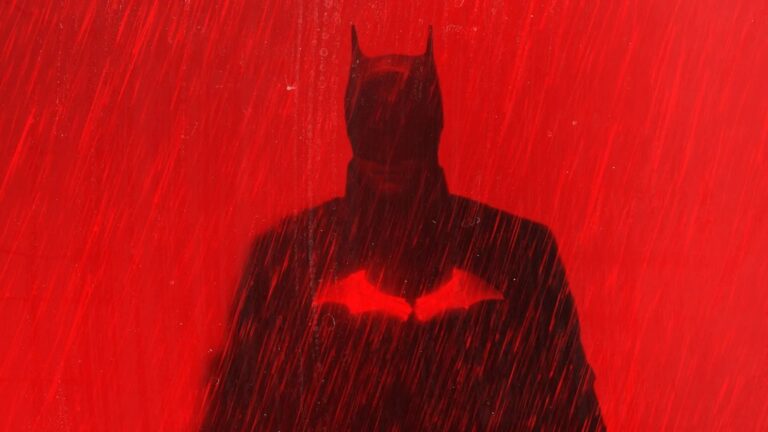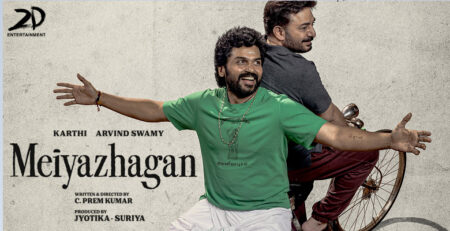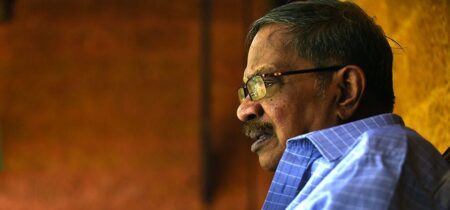This detective thriller version of the Batman, made by Matt Reeves, aspires to be distinctive from the versions of Christopher Nolan.
The review may contain spoilers.
Matt Reeves’ long-awaited The Batman is, as reviewers have noted, a noirish film. Combining gritty violence on blood-soaked Gotham streets, crime cartels and an angsty hero – shot in flickering or dim light – Reeves sets out to move away from the Christopher Nolan edition. Nolan’s was marked by greater angst, Hans Zimmer’s haunting music and, finally, exceptional dialogue, especially for Bane and the Joker. Reeves’ edition loses on these ones.
Batman has to uncover a series of gruesome murders that have links to not only the city’s extensive crime network but also the defenders of the city – among them, the Mayor and the District Attorney. His investigations reveal a Wayne link too, as Thomas Wayne’s legacy, it appears, is more than wealth and philanthropy. The murderer directly addresses and taunts the Batman through codes and riddles.
In a parallel track, the Cat Woman searches for her missing friend, and revenge for her murdered mother. Then we have a mayoral election, serial bomb blasts, a nascent romance (‘The Bat and the Cat’) climaxing in a watery crisis in which the vigilante turns humanitarian saviour. The murderer (Riddler) is caught and incarcerated in Arkham. Here, as the Riddler mourns his failure, from the adjacent cell another inmate assures him he did alright, before breaking into the maniacal laugh that affirms the identity of the Riddler’s future associate, viz., ‘the Clown Prince of Crime’.
An angry Batman
Reeves wishes to complicate the Batman’s legacy by pointing to the unsavoury things Thomas Wayne did. In a poignant conversation with Alfred Pennyworth, the Batman accuses the old man of lying to him right from childhood, of whitewashing the Wayne legacy. This is a twist where, rather than the death of his parents, it is the lives they led that haunt the Batman.
As the Batman fans readily recognize, the Batman is characterized primarily by his brooding presence. Reeves tempers this scarred hero image with an angry one, although there is no grimace – a transformation Frank Miller would effect in the All-Star Batman and Robin (2005-08) in which he is a ‘A Darker Knight’. Giving Robert Pattinson a slow, menacing tread – and the film itself treads heavily, for three hours – and then revealing a vulnerable, young man grappling with his trauma is the difficult balance Reeves strives for.
It is also a more violent Batman, but also one minus the famous gadgetry – the iconic Batmobile appears late in the film and is not highlighted for us to notice it. This shift in character is perhaps the result of Reeves’ reboot being mainly about crime-fighting and vigilante justice (or vengeance, as the Batman announces) rather than about the solitary superhero and distressed mind.
Gotham, governance and more
Reeves’ concern is also the governance of Gotham. In a city where the unholy alliance of the cop and the vigilante seek to restore order, the question Reeves asks is: what is the role of the State? Then, what of the social order in such a situation where the District Attorney and the police are hand in glove with the cartels?
Nolan touched upon it by introducing Bane and his propaganda about justice, equality and freedom. Reeves depicts a city given to despair, and the Cat Woman tells the Batman that the city cannot change. Gotham is indeed a Hobbesean city in a ‘state of Nature’: nasty, brutish, with people turned against each other. Violence, it appears, is endemic. In such a state of nature, the Batman fits right in: he is the elemental force needed to cleanse the city. He is as primitive as the violence that stalks the street, as brutal as the people he seeks to put away.
In other words, the Batman is of Gotham, as primordial as the city he hopes to restore order to. The flooding at the end is of course symbolic of a cleansing – cleansing is also promised by the Mayor Elect – of the state of Nature (the rains that cleanse marks the “rebirth” of the Batman in Miller’s cult The Dark Knight Returns, and the Batman himself calls it that).
Not unjustifiably, Will Brooker in his Batman Unmasked: The Making of a Cultural Icon speaks of ‘a vague sense of the character’s ‘betrayal’ by Hollywood’, but that is perhaps because Brooker expects fidelity to the book versions. Yet, like in the books, Reeves does try to construct the Batman as a moral exemplar, who works for a positive change in the world (an argument forwarded by Ryan Indy Rhodes and David Kyle Johnson).
Quest for justice
Among his virtues is the quest for justice but also, as the movie ends, humanitarianism. Courage too, is embodied in the Batman. The purpose of the moral exemplar is not to ensure the duplication of the exact actions of the Batman (no question of us rappelling down buildings, or wearing Kevlar to enter the criminals’ den).
Rather, it is to suggest that we can do on a small scale, exhibiting the same compassion or courage, what the Batman does, to change the world we live in. Here an example would be Clarice Starling in Thomas Harris’ Hannibal, the sequel to The Silence of the Lambs, saying: ‘the world will not be like this, within the reach of my arm’. The operative phrase is ‘within the reach of my arm’.
Many of the philosophical themes in the Batman universe have already been well-studied, notably in Mark White and Robert Arp’s, The Batman and Philosophy: The Dark Knight of the Soul. A key theme is Reeves’ emphasis on freedom versus conflict. The Batman has the freedom to choose what he does (just as the Joker or the Riddler do, although a case has been made that the villains are not morally responsible for what they do). This situated freedom, made possible by family wealth and years of training, enables the Batman to choose the role of a vigilante.
But people born into a world of violence do not always end up the same way: they make choices, the Batman implies. Both orphans (Batman, Riddler) had their worlds overturned on one bad day. ‘All it takes is one bad day to reduce the sanest man alive to lunacy. That’s how far the world is from where I am. Just one bad day’, says the Joker in The Killing Joke.
Yet, from that one bad day, they chose entirely different paths. As the Riddler reminds him – and this is a significant dent in the Batman aura – not all orphans are the same, when one orphan occupies a house overlooking miles of property and another fights for food.
Reeve’s detective thriller version aspires to be distinctive from the Nolan versions. With some good editing and a less wooden Pattinson, it could have given Nolan a run for his money. Be that as it may, for the fans, it is comforting to see that the Batworld endures, and that out of the darkness, comes the knight.
Read IAR’s Film Coverage Here.
Write to us at [email protected]




